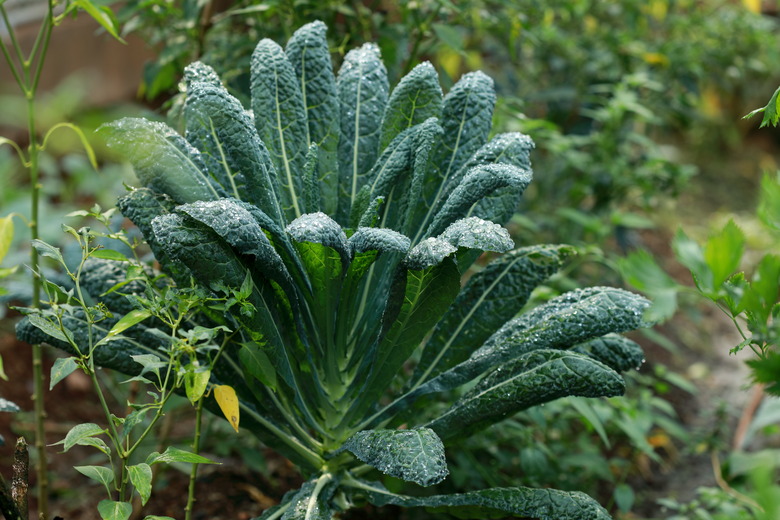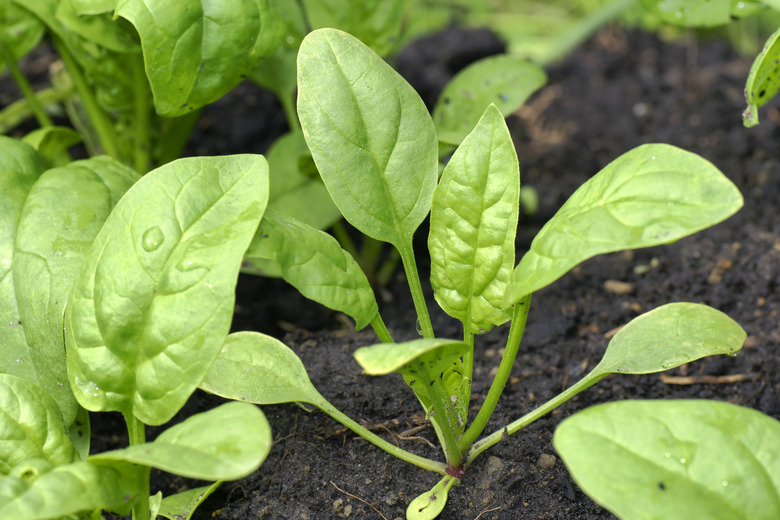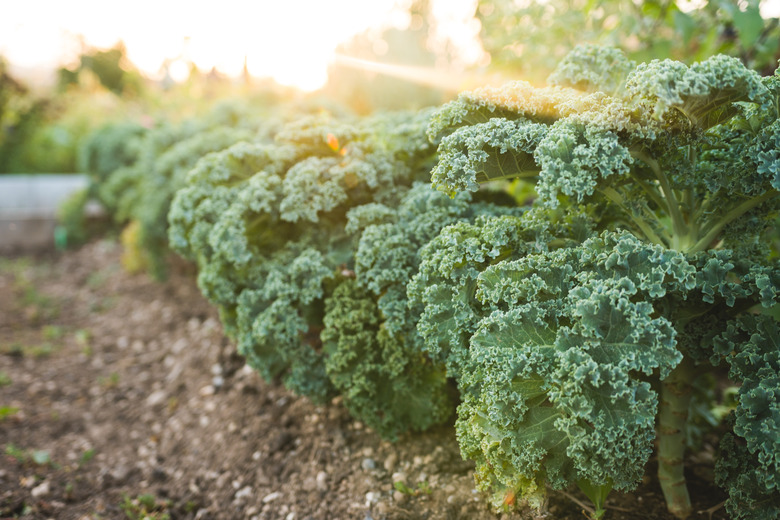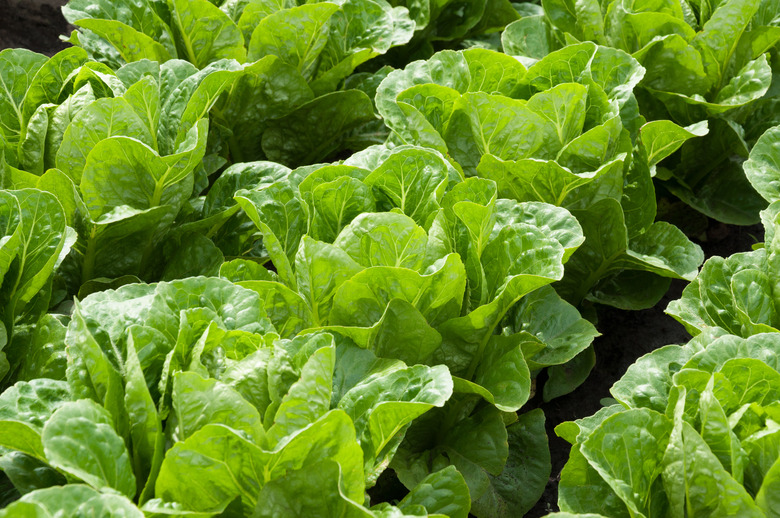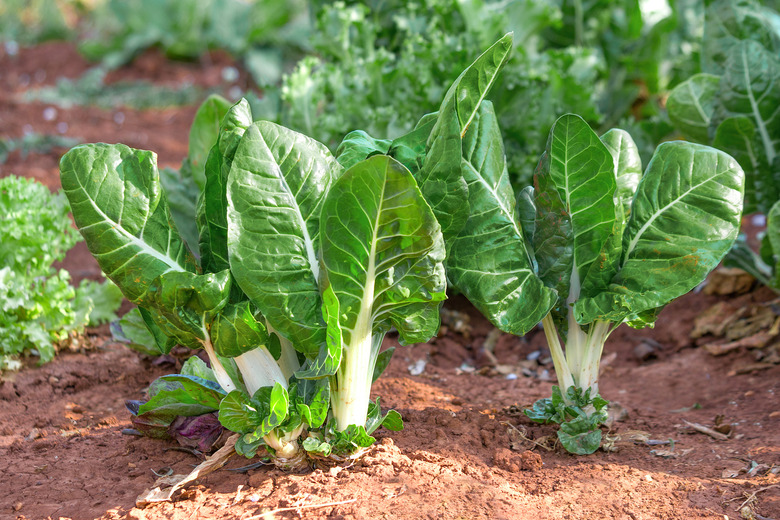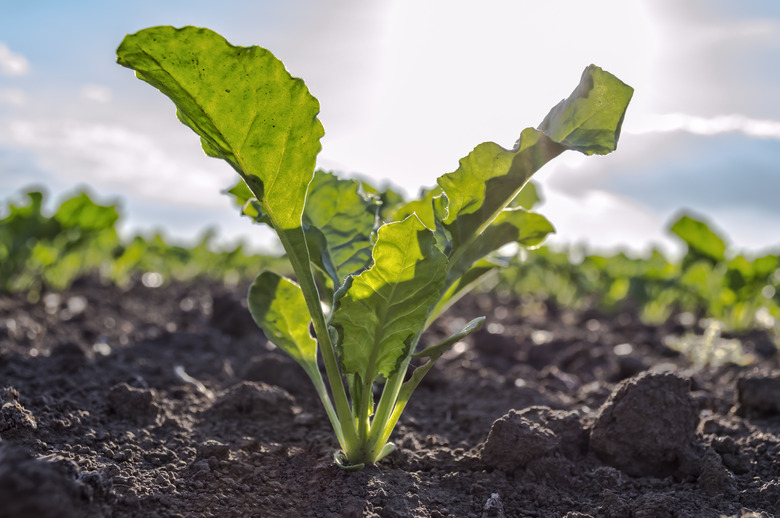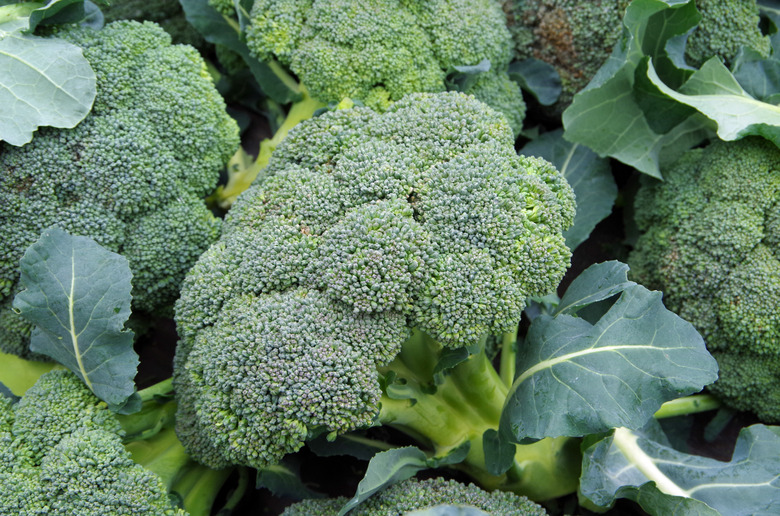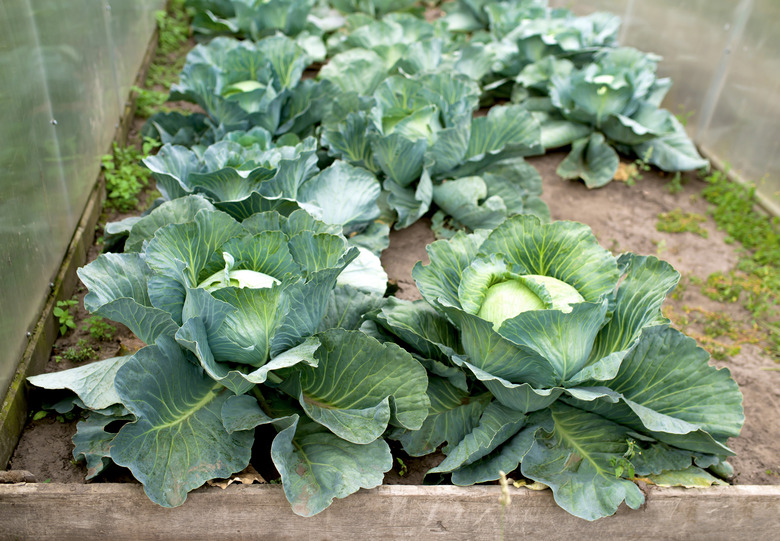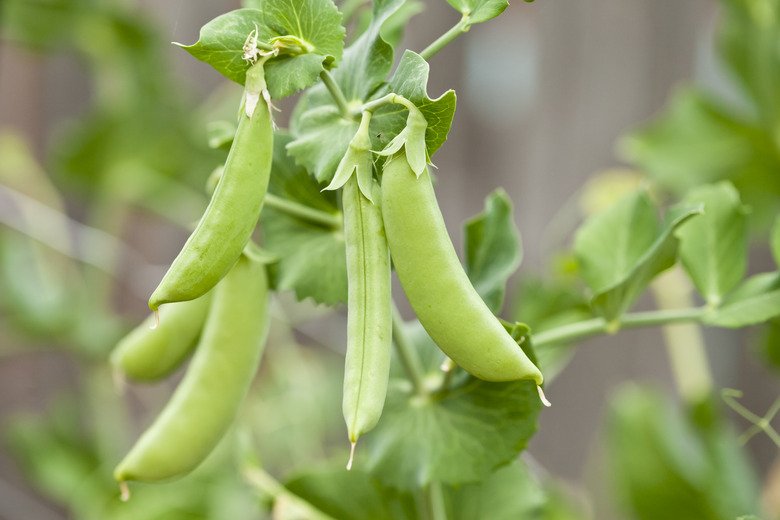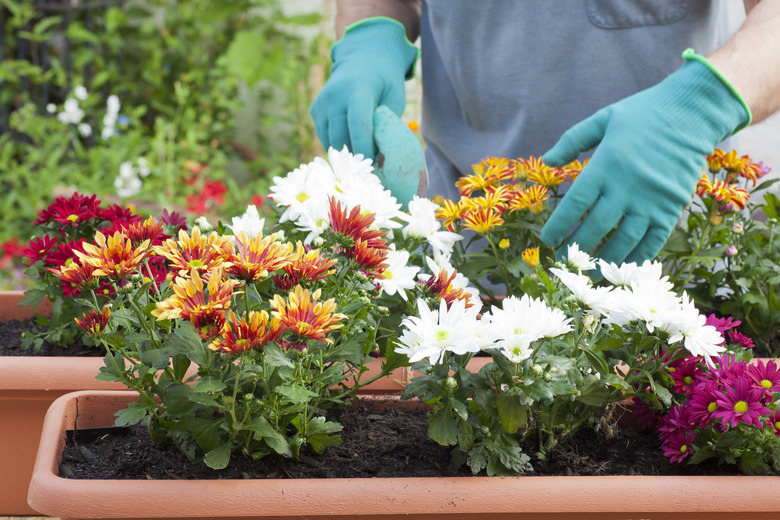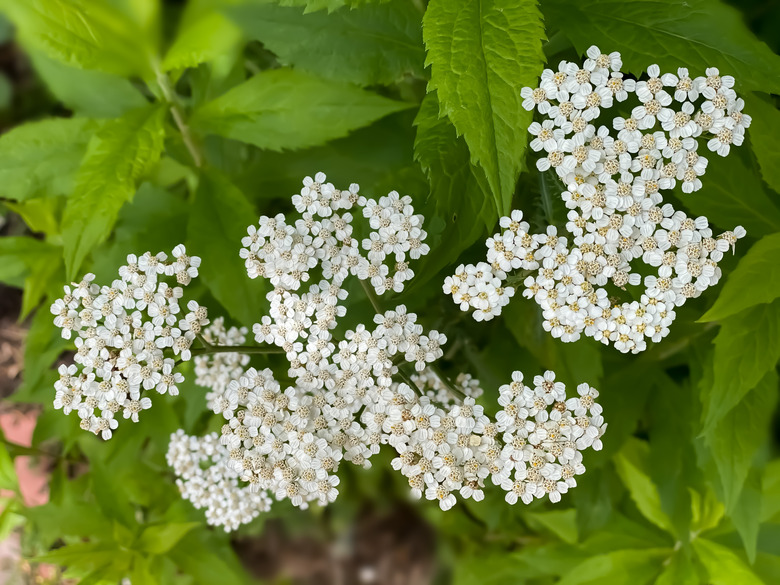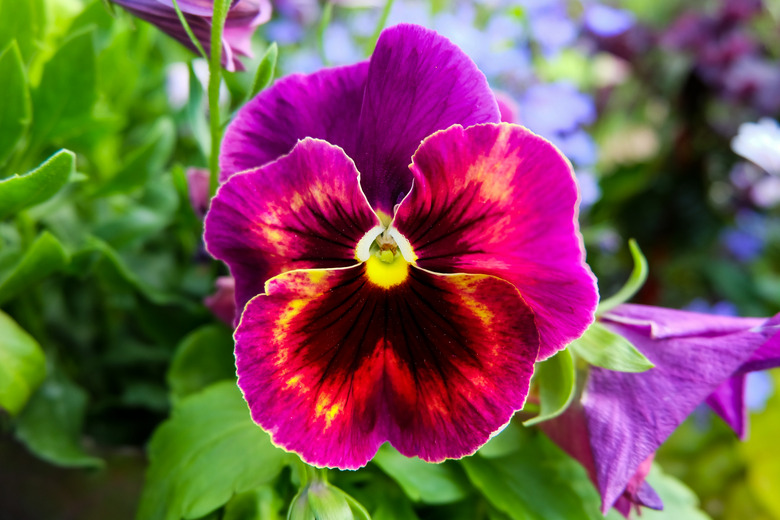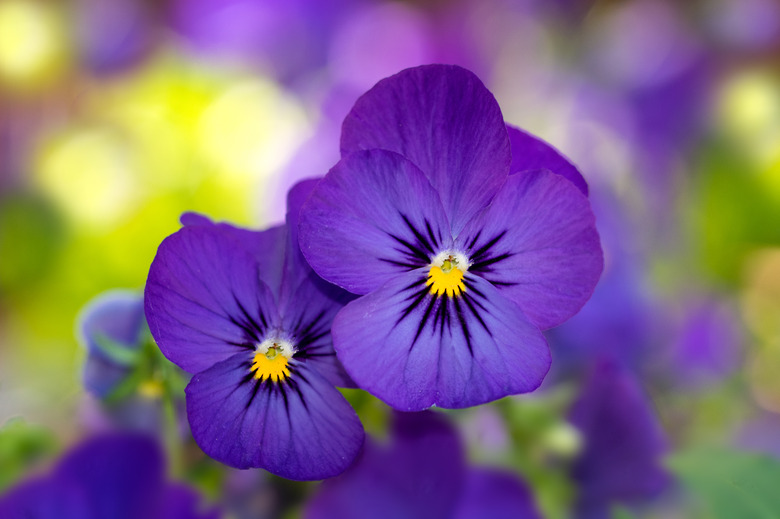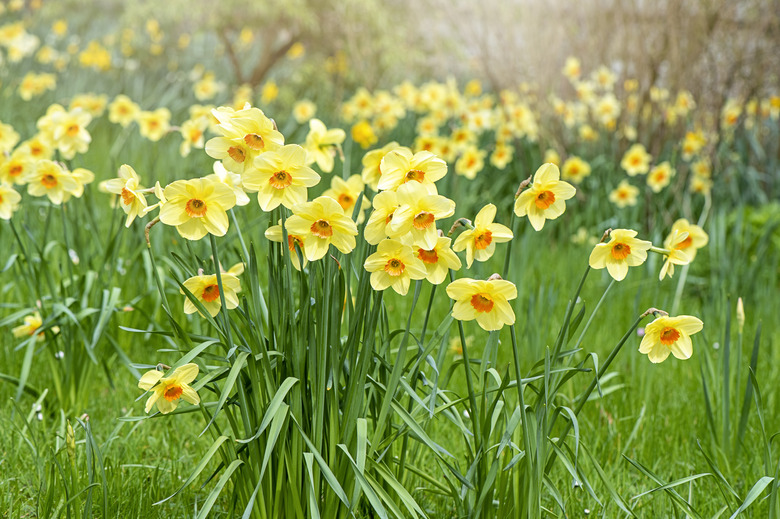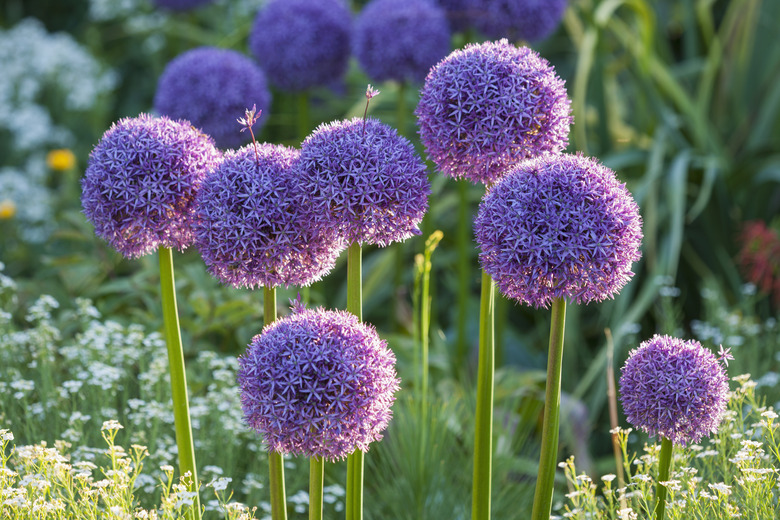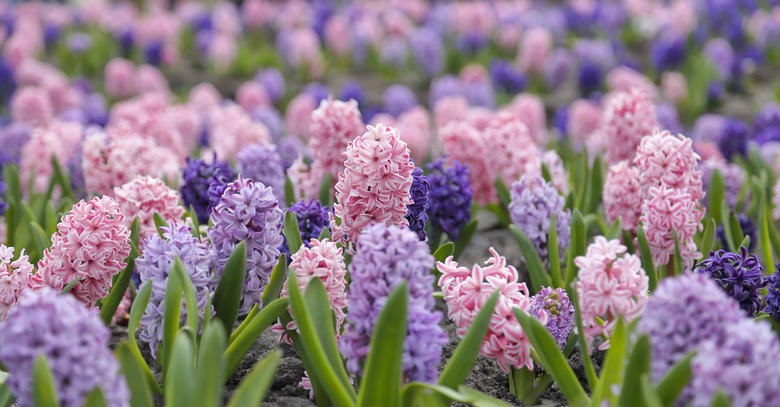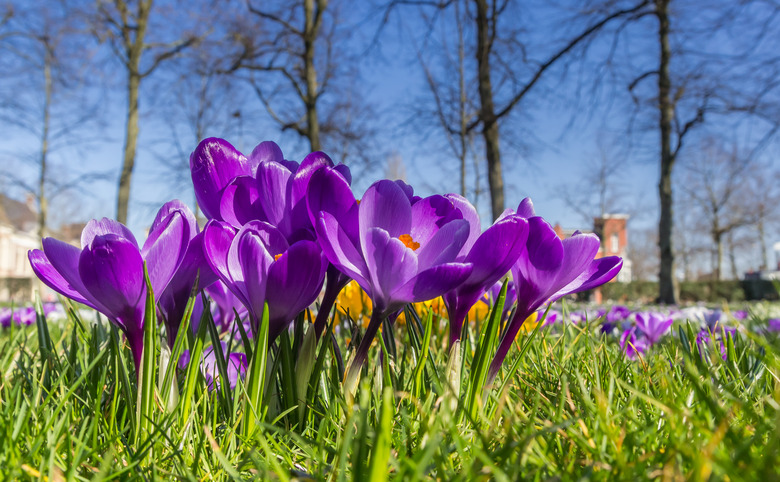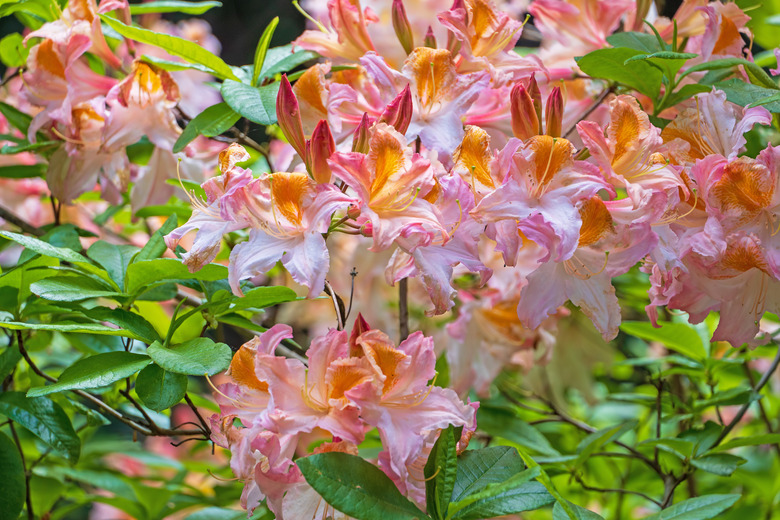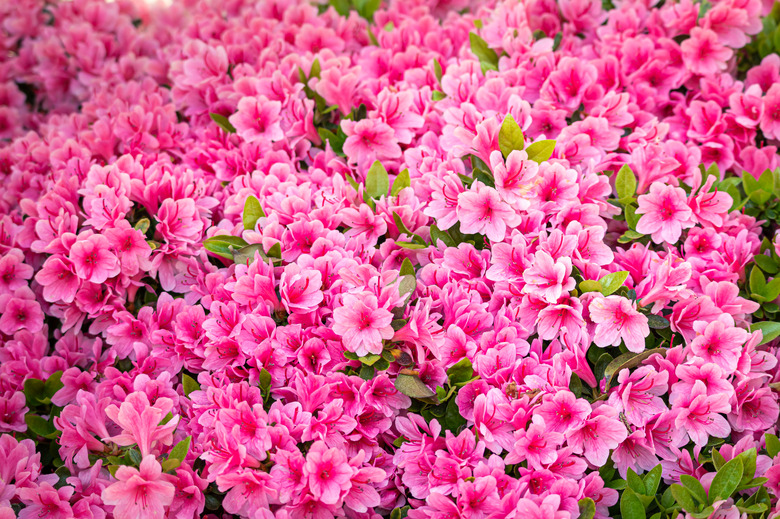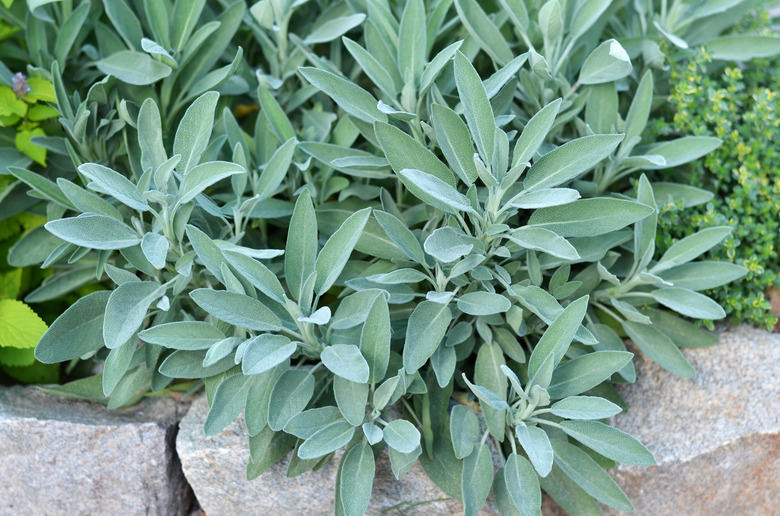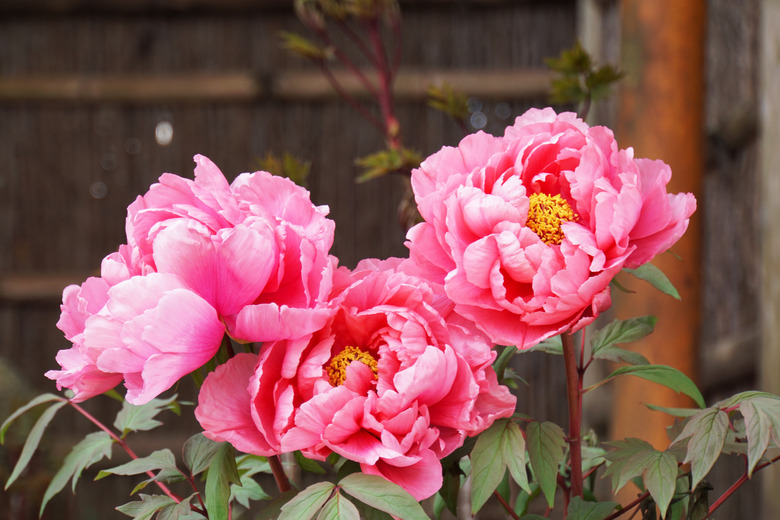What To Plant In The Fall: The 20 Best Home Garden Ideas
We may receive a commission on purchases made from links.
Autumn is an excellent season for planting, with the weather mild but cooling and the fall rain on the way. Many of the pests that bother plants in spring and summer are already gone when the leaves fall, and summer garden cleanup is ongoing. What should you plant in your garden in the fall? You will have more than a few choices.
The 20 Best Things to Plant in Fall
The 20 Best Things to Plant in Fall
Almost anything you put into the ground in the fall will grow happily for you, from leafy greens to annuals to perennials. For some, like annuals and leafy greens, you will reap your rewards right away with pretty blossoms or salad fixings. With others, like spring bulbs, the pleasure will be deferred until warm weather returns next spring.
Leafy Greens
Spinach
It's tough to grow spinach (Spinacia oleracea) in summer without having it bolt, but fall planting is an entirely different story. This delicious annual veggie, grown for its leaves, can go from seed to dinner table in 30 days or less. Plant several successions in a fall garden if you live in USDA plant hardiness zones 2 through 9. It does best in full sun with loamy, well-drained soil.
Kale
Kale (Brassica oleracea [Acephala Group]) is definitely in the running for the easiest fall crop to grow. This veggie, with larger, tougher leaves than lettuce and a stronger flavor, can germinate in either warm or cool soil. Sow kale seeds in full sun or partial shade in well-drained, loamy soil. Kale doesn't lose its texture if hit with a cold snap; in fact, the veggie tastes sweeter and richer. Grow it in autumn in USDA zones 7 through 9.
Lettuce
Since lettuce (Lactuca sativa) takes less than two months to mature, it can be planted in late summer, and then you can do succession plantings during autumn. Like other leafy greens, lettuce grows less quickly in fall than spring, but it tastes better. Plant lettuce in flower pots so you can bring it inside during cold snaps or be prepared to cover it when the first frost is expected. Pick a site with sun or partial shade for lettuce, which prefers well-drained but moist soil. Lettuce prospers in USDA zones 4 through 9.
Swiss Chard
Swiss chard is another leafy green vegetable that thrives in autumn. You may not even have to plant it if your summer Swiss chard (Beta vulgaris [Leaf Beet Group]) is still in place. It will start growing in the cool weather like an entirely different plant. Sometimes, chard makes it all the way through cold winters but eat it up in spring. Once the plants flower, they get bitter. Like other leafy greens, chard likes loamy soil and full sun. Plant it in USDA zones 3 through 10.
Vegetables
Beets
"Beet" (Beta vulgaris [Garden Beet Group]) rhymes with "sweet," but that is sometimes ironic in summer, when warm weather can make them bitter before you get to eat them. Beets are cool-season veggies, and fall is their best season. Think succession plantings starting in the end of summer, planting seeds every few weeks to keep the nutritious root vegetables coming. The greens are also delicious and full of vitamins. Beets thrive in autumn in almost every zone, USDA zones 2-11, and prefer a sunny site and well-draining soil.
Broccoli
Broccoli (Brassica oleracea [Italica Group]) is a brassica, and like other brassicas, it is decidedly a cool-season crop. Generally, cool-season crops can be planted in spring or fall, but for broccoli, fall is better. Plants are frost-tolerant once they are established but less so when they are seedlings, so spring frosts can do them in. Broccoli needs a full two months or more to mature, so consider transplanting broccoli starts in midsummer for a fall harvest. Put them in a site with sandy soil in full sun. Don't worry too much about zones because broccoli grows happily in USDA zones 3 through 10.
Cabbage
If you like your cabbage plants (Brassica oleracea [Capitata Group]) to form heads, wait until fall to put them into the ground. They require the cooler temperatures to form heads. Don't wait until October to seed them, however because they take between three and four months to mature. Your best bet is to put in starts toward the end of summer. Since cabbage can take some frost with a little protection, keep harvesting them into winter. They need a cool-winter climate and thrive in USDA zones 1 through 9. Plant them in sun on rich soil.
Peas
Look for short-variety peas (Pisum sativum) that will mature within two months. Snuggled in their pods, peas are happy in cool weather in USDA zones 2 through 9. Sow pea seeds at the end of summer since they germinate fast in warm weather. As they mature, flower, and start forming peas, the weather should be cool enough to keep them going. They like full sun but will grow in partial shade as long as the soil drains well.
Annuals
Chrysanthemum
These extremely popular plants flower in a glorious range of autumn colors, including red, yellow, peach, and orange as well as shades of white and pink. You can decide if you prefer to grow tiny chrysanthemums (Chrysanthemum spp.) an inch or two across or big ones with flowers bigger than dinner plates. They grow as perennials in zones 4 through 9 depending on the species and cultivar in a sunny spot with good drainage, and they bloom from September through the frosts.
Sweet Alyssum
"Sweet" here is referring to the enchanting fragrance of sweet alyssum (Lobularia maritima), a creeping or cascading annual that grows as a perennial in USDA zones 5 through 9. It makes a stunning ground cover or a bright waterfall of blossoms in a hanging basket. Sweet alyssum does well in fall's cool weather. It can flower right through winter in mild areas, offering a carpet of tiny white, pink, or purple flower clusters that smell like honey.
Pansies
With their heavy-blooming ways and some with cute little "faces," pretty pansies (Viola x wittrockiana) might just be the perfect fall flower. They can be found in a vast range of colors and offer bright, cheerful, cool-season color in autumn gardens. The older varieties create neat mounds of blossoms, while new cascading varieties are perfect for ground cover or hanging baskets. Plant seeds or transplants in the fall in a full-sun location. In many areas, they will flower again in spring. Although pansies are often grown as annuals in many climates, they're actually biennials or short-lived perennials in USDA zones 6 through 10.
Violas
Are they cuter than a pansy? Pansy fans may howl, but many gardeners find dainty violas (Viola spp.) more darling and charming than their larger pansy cousins. Like pansies, they come in many colors and offer generous blooms. The flowers are smaller and tend to stand up better to rain and wind. These charmers grow best in mild-winter areas, like USDA zones 7 through 9, as annuals, biennials, or short-lived perennials.
Spring-Blooming Bulbs
Daffodils
The golden heads of daffodils (Narcissus spp.) require no introduction. They are perhaps the most popular of all spring bulbs and bring bold, bright, happy colors to your flower beds. Many species and cultivars of daffodils naturalize readily and return year after year to bloom in spring. Plant these favorites as perennials in USDA zones 4 through 9 in well-draining soil and full sun.
Allium
Alliums (Allium spp.) are in the amaryllis plant family (Amaryllidaceae), and their spiky balls of flowers add charm to the spring garden. Planted in autumn, alliums bloom between late spring and early summer in USDA zones 4 through 9, the flowers rising to between 18 and 72 inches tall. Like all spring bulbs, they like sun and well-draining soil. One of the latest blooming of the spring-blooming bulbs, alliums add whimsy and charm to the garden with their spheres that rise above the foliage. They make great cut flowers too. Some gardeners spray paint the dried flower heads to create a festive look.
Hyacinths
Add honeyed fragrance to your spring bulb garden bed by planting hyacinths (Hyacinthoides spp.). They perfume the spring air when they make their appearance and grow to 12 inches tall. Hyacinths present as colorful spikes of flowers, growing as well in containers as beds. They're ideal for beds and borders, as informal accents in perennial beds, and in containers in USDA zones 3 through 9.
Crocus
Small, dainty, and cheerful, crocus (Crocus sativus) are early bloomers, often the first spring bulbs to flower. They only grow to 6 inches tall but are incredibly versatile, perfect in flower beds, in borders, under trees, in lawns, and in woodland areas. They grow as perennials across much of the continental United States in USDA zones 3 through 8 depending on species. This is another bulb plant that naturalizes easily and well.
Perennials
Rhododendrons
Both rhododendrons and azaleas are in the Rhododendron genus, and while there are deciduous species among the thousands of varieties, most are evergreen. Plants exist for most landscape situations, from low-growing rhodies to plants that grow up to 25 feet tall. The flowers are bell shaped and come in numerous colors, including pink, red, white, yellow, and purple. These perennials thrive in USDA zones 4 through 8 depending on species and cultivar. The cooler the region, the more sun a rhodie site should get if you don't want them distressed. Soil should be moist but well draining.
Azaleas
Wildly popular in the South, azaleas are in the Rhododendron genus. There are dozens of varieties, some evergreen but more deciduous, and there are hundreds of cultivars and hybrids. Azaleas offer generous blooms of funnel-shaped flowers. While azaleas can be planted in spring, planting in fall allows the plant to become better established before hot weather arrives. Azaleas are generally hardy in USDA zones 3 through 9 but species and cultivar selections vary in hardiness. They prefer light to moderate shade and rich, acidic, well-draining soil.
Salvia
Perennial salvia (Salvia spp.) shrubs, known as sage, range from 18 inches tall to 5 feet high. All offer bright flowers beloved by hummingbirds, butterflies, and other pollinating insects. Planted in the fall, salvia plants will establish well (thanks to the rain) and reward you with plenty of gorgeous blossoms the following spring. Well-draining soil is a must for these plants, and most prefer a sunny spot in the garden. Salvias are perennials in USDA zones 5 through 10.
Peonies
If peonies (Paeonia spp.) are not the most spectacular and romantic flowers out there, they certainly come close. You can find peonies with flowers of almost any shade with lots of shapes and many cultivars. They're perennials in USDA zones 3 through 8, generally requiring winter chill for bud formation. Exotically gorgeous, they look like they would be prima donna flowers, but no — they are easy to grow, and with minimal maintenance, they can last 100 years. Plant them in the fall in full sun on fertile, well-draining soil.
References
- Garden Design: 15 Picks for Your Fall Vegetable Garden
- Costa Farms: 12 Spectacular Annual Fall Flowers
- Clean Green Simple: The Best Vegetables to Plant in Fall to Extend Your Harvest
- Costa Farms: 12 Perennials You Should Plant in the Fall
- Clemson Cooperative Extension: Azalea Planting
- The Old Farmer's Almanac: Rhododendrons and Azaleas
- Birds & Blooms: Plant Peonies in Your Flower Garden This Fall
- University of Florida IFAS Gardening Solutions: Sweet Alyssum
- Dutchbulbs.com: Bulbs to Plant in Fall
